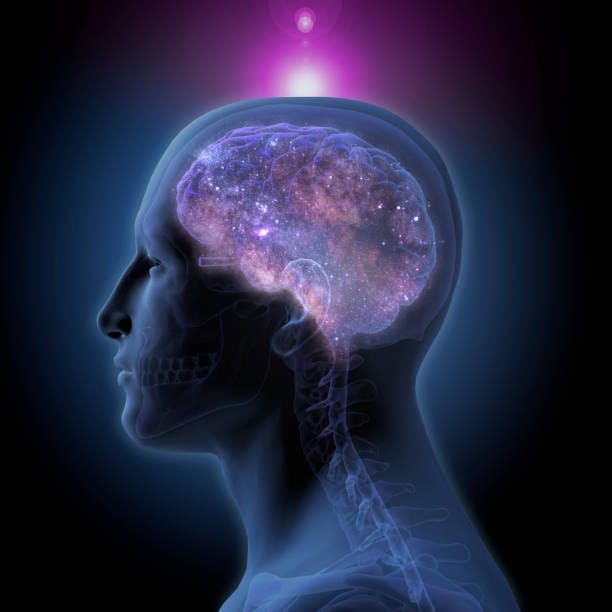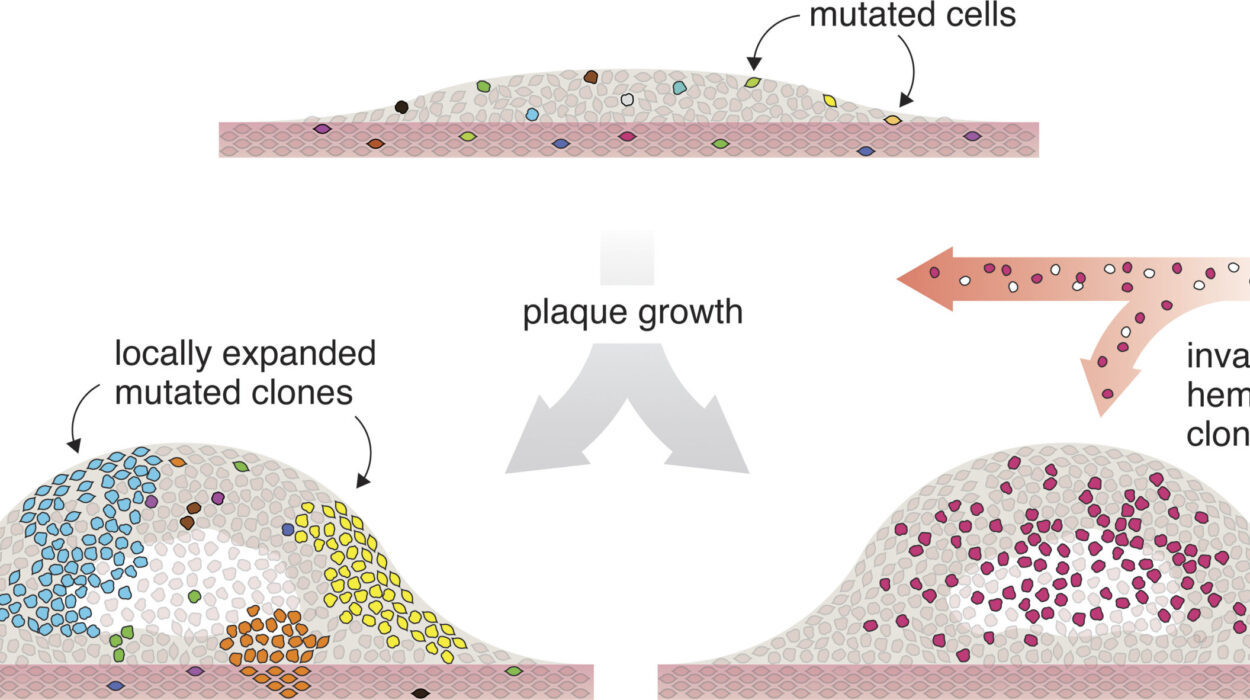Imagine standing in a bustling kitchen, trying to follow a new recipe while simultaneously chopping vegetables, stirring a pot, and fielding a conversation with a friend. Somehow, your brain juggles all these demands effortlessly, holding snippets of information just long enough to keep you on track. This remarkable ability, to hold and manipulate information in the short term, is the essence of what scientists call working memory.
Working memory is not simply a passive storage space where memories sit idly waiting. Instead, it is an active mental workspace, a dynamic cognitive system that allows us to temporarily hold and process information needed for complex tasks such as reasoning, learning, and comprehension. Without working memory, our minds would be like cluttered desks—important papers scattered and forgotten, unable to complete even the simplest of cognitive tasks.
But what exactly is working memory? How does it function in the labyrinth of our neural circuits? And why does it matter so profoundly to everything we think, learn, and do? This exploration seeks to unravel the mysteries behind working memory, illuminating its mechanisms, significance, and the delicate balance that keeps it humming.
The Historical Journey: From Memory to Working Memory
The concept of working memory is a relatively modern evolution in cognitive science, building on centuries of inquiry into human memory. For much of history, memory was viewed as a simple archive—a passive repository where the past was stored and retrieved. Early psychologists distinguished between short-term memory, the brief holding of information, and long-term memory, the more permanent storage.
However, the 1960s and 1970s brought a revolutionary shift. The psychologist Alan Baddeley, among others, proposed that short-term memory is not merely a storage space but an active system engaged in the manipulation of information. Baddeley’s model of working memory broke new ground by conceptualizing it as a multi-component system, composed of subsystems responsible for different types of information processing.
This new understanding opened pathways for decades of research, revealing how working memory underpins language comprehension, problem-solving, and even social interactions. The shift from static “short-term memory” to dynamic “working memory” was more than semantics—it reframed how we understand human cognition.
The Architecture of Working Memory: A Symphony of Components
Imagine an orchestra where various instruments come together to create a harmonious symphony. Working memory operates in a similar manner, with multiple components interacting seamlessly to maintain and manipulate information.
Central to Baddeley’s influential model is the central executive, the conductor of the orchestra. It directs attention, prioritizes tasks, and manages the flow of information. Unlike other components, the central executive does not store information itself; instead, it oversees and coordinates cognitive activities, deciding which information to focus on and how to manipulate it.
Supporting the central executive are two “slave systems”: the phonological loop and the visuospatial sketchpad. The phonological loop handles verbal and auditory information—think of the voice inside your head repeating a phone number just long enough for you to dial it. The visuospatial sketchpad manages visual and spatial data, like picturing a route on a map or imagining how furniture fits in a room.
Later research introduced a third subsystem called the episodic buffer, a temporary storage system that integrates information across modalities and links working memory to long-term memory. This buffer helps create a coherent, multi-dimensional understanding of events and concepts.
Together, these components enable working memory to juggle multiple streams of information, integrating sounds, sights, and abstract ideas into coherent mental operations.
How Working Memory Operates in Everyday Life
Working memory is the silent hero in countless moments of daily life. When you listen to a friend’s story, you hold the unfolding narrative in your mind, making connections and anticipating what comes next. When reading a sentence, working memory lets you retain the start of the sentence long enough to understand the ending.
The process is dynamic and fluid. For example, when solving a mental math problem, your phonological loop might keep the numbers in mind, while your central executive strategizes how to approach the calculation. Meanwhile, the visuospatial sketchpad could visualize the problem if it involves spatial reasoning. The episodic buffer might draw on related experiences or concepts stored in your long-term memory to assist in understanding.
This intricate dance of subsystems allows us to learn new languages, navigate social conversations, and adapt to changing environments. When working memory falters, the effects ripple through cognition, manifesting in difficulties with attention, problem-solving, and learning.
The Neuroscience Behind Working Memory: Brain’s Executive Suite
Beneath the conscious experience of juggling thoughts lies a complex neural network orchestrating working memory. Scientific advances in neuroimaging and electrophysiology have begun to map the brain regions and circuits that make working memory possible.
The prefrontal cortex (PFC), located at the very front of the brain, plays a pivotal role. Often described as the brain’s “executive center,” the PFC is heavily involved in managing attention, planning, and decision-making. It acts as the control tower for working memory, maintaining and updating information relevant to current goals.
In parallel, the parietal cortex supports spatial and attentional processes, especially related to the visuospatial sketchpad. The temporal lobes, including areas associated with auditory processing, contribute to verbal working memory functions.
At the cellular level, working memory depends on the sustained activity of networks of neurons. When information enters working memory, specific neurons maintain a firing pattern, keeping that information “online” even when external stimuli have vanished. Neurotransmitters like dopamine modulate these neural circuits, influencing the stability and flexibility of working memory representations.
This intricate neural dance is not static; it is shaped by development, experience, and even emotional states.
Developmental Trajectory: Growing the Mind’s Workspace
Working memory is not a fixed trait. From infancy through adulthood, it develops and matures, reflecting changes in brain structure and cognitive capacity. In early childhood, working memory is limited—young children may struggle to hold more than a single piece of information at a time.
As children grow, improvements in working memory parallel the maturation of the prefrontal cortex and related brain regions. This growth supports more complex cognitive tasks: solving puzzles, following multi-step instructions, and understanding complex narratives.
The development of working memory also influences academic achievement. Children with stronger working memory tend to excel in reading, mathematics, and problem-solving, highlighting its central role in learning.
However, working memory is vulnerable. Stress, fatigue, and neurological conditions like ADHD can impair its functioning. Understanding these vulnerabilities has led to strategies aimed at supporting working memory development and mitigating its limitations.
Working Memory and Intelligence: Partners in Cognition
Working memory is often viewed as a cornerstone of human intelligence. Researchers have found strong correlations between working memory capacity and general intelligence measures, particularly fluid intelligence—the ability to reason and solve novel problems.
Why is this so? Because working memory acts as a bottleneck in cognition. It determines how much information we can hold and manipulate at once. The greater the capacity and efficiency of this system, the more complex the reasoning and problem-solving one can perform.
Moreover, working memory facilitates the integration of new information with existing knowledge, enabling abstract thinking and creativity. It is the mental scratchpad where ideas are tested, combined, and transformed.
Yet, it is important to remember that intelligence is multi-faceted, and working memory is just one piece of the puzzle. Emotional intelligence, creativity, and wisdom involve additional cognitive and affective processes.
Disorders and Challenges: When Working Memory Breaks Down
While working memory is robust, it is not invincible. Various neurological and psychiatric conditions are associated with working memory deficits, which can profoundly affect daily functioning.
Attention Deficit Hyperactivity Disorder (ADHD) is among the most well-known conditions impacting working memory. Individuals with ADHD often struggle to maintain focus and juggle information, leading to challenges in academic and occupational settings.
Traumatic brain injury, stroke, and neurodegenerative diseases such as Alzheimer’s disease also impair working memory, contributing to cognitive decline and difficulties in planning and executing daily activities.
Understanding the nature of these impairments has fueled research into interventions—pharmacological treatments, cognitive training, and behavioral therapies—that aim to restore or compensate for working memory deficits.
Enhancing Working Memory: Training the Brain’s Workspace
Given its critical role, enhancing working memory has become a tantalizing goal for educators, psychologists, and neuroscientists alike. Can working memory be trained, expanded, or strengthened?
Research into cognitive training programs offers mixed but hopeful results. Some studies suggest that targeted exercises—like complex memory span tasks, dual n-back training, or strategy coaching—can improve working memory performance, at least temporarily. These gains sometimes transfer to improved attention, reasoning, and academic achievement.
However, the degree to which such training produces lasting, generalized benefits remains debated. It appears that working memory capacity is influenced both by innate neural architecture and by experience-dependent plasticity. Thus, a combination of targeted training, environmental enrichment, and lifestyle factors—such as adequate sleep, stress management, and physical exercise—supports optimal working memory functioning.
The Future of Working Memory Research: Unraveling the Brain’s Mysteries
Working memory remains one of the most vibrant areas of cognitive neuroscience research. Advances in brain imaging, computational modeling, and genetics are revealing ever more about how working memory operates and varies among individuals.
Cutting-edge studies are exploring how working memory interacts with emotion, motivation, and consciousness. Researchers are also investigating how artificial intelligence and brain-computer interfaces might augment or mimic human working memory, opening new frontiers in technology and cognition.
Perhaps most exciting is the prospect that deeper understanding of working memory will illuminate the nature of thought itself—how fleeting mental images and abstract ideas emerge from the firing patterns of neurons, shaping our experience of reality.






